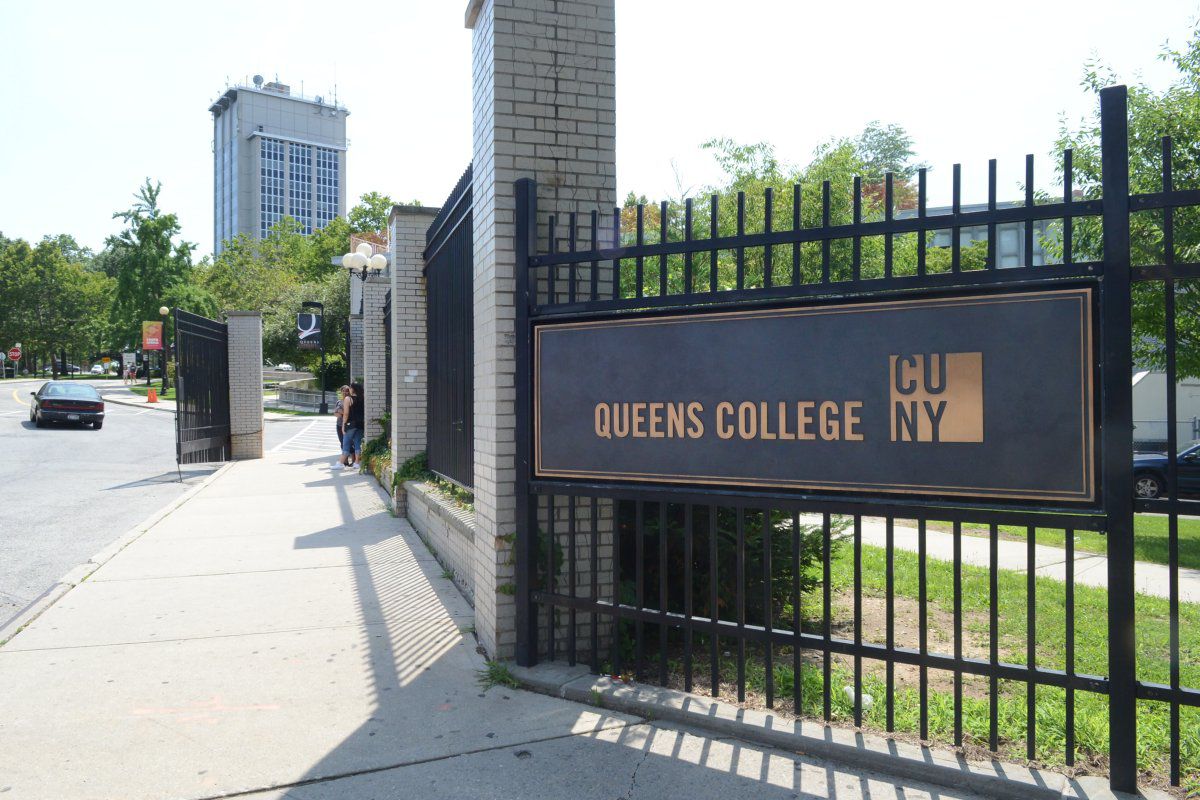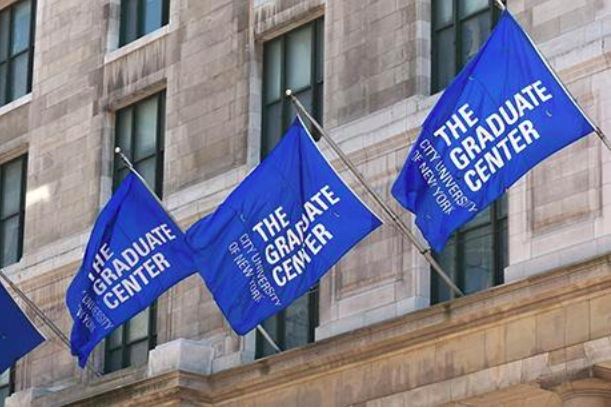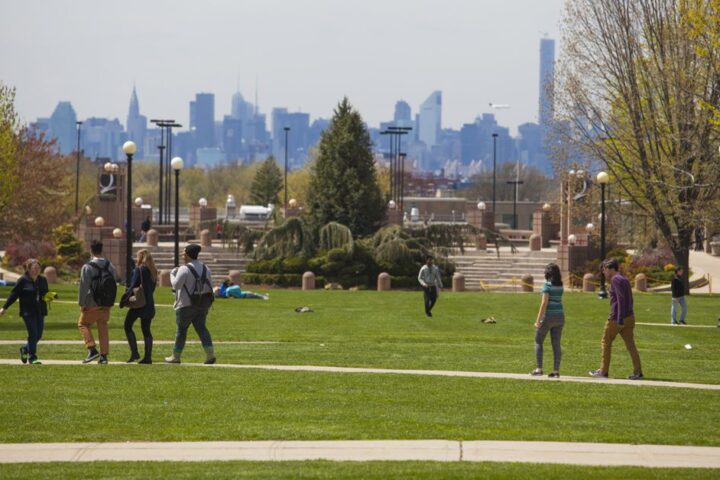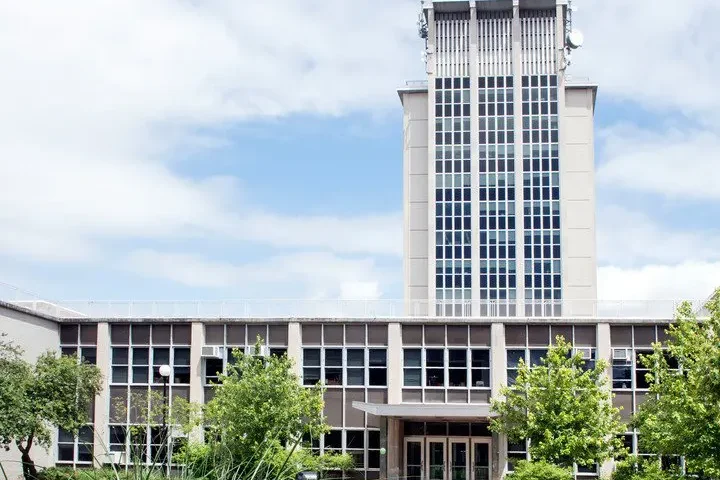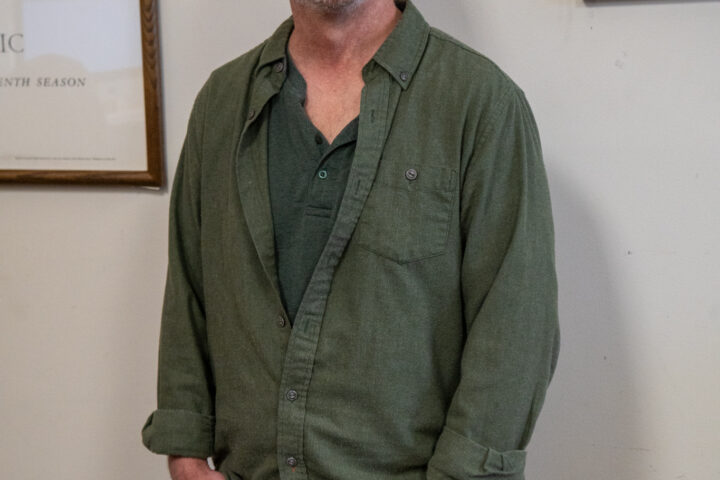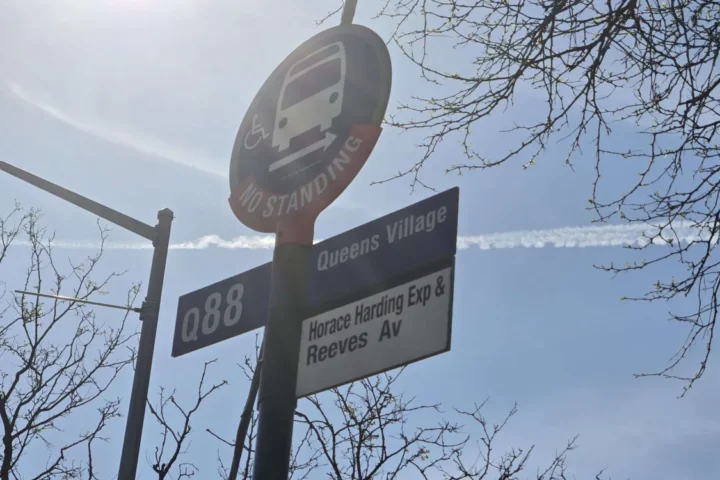Julie George, an associate professor of political science, joked that she strategically planned her pregnancy to coincide with the summer break so she would not miss any classes or be forced to take time off.
The Queens College instructor was due on May 31, 2007 — right at the end of that spring semester — and recalls grading papers while struggling to catch her breath, worrying she might go into labor.
At that time, QC and the CUNY system had no paid maternity leave program and George, along with other professors, struggled to bring this issue to the attention of the Professional Staff Congress, a labor union for CUNY faculty and staff.
“You shouldn’t have to give up your job in order to have a child,” George said.
By signing petitions and raising awareness, the PSC eventually realized this was an important issue and brought it to CUNY officials. In 2008, a paid parental leave benefit was established for faculty and staff.
“The good thing about the benefit and how it’s written at CUNY is that it is not gender specific,” George said. “It’s admirable and smart, and CUNY and PSC were united for it.”
However, none of this would have been possible without the dedication of past QC women, both students and staffers, who paved the way for the coming generations.
When the college first opened in 1937, women faced challenges during the admissions process in order to keep the sexes at equal numbers so that the school would not be known as a women’s college, according to “Queens College Women,” by Bette S. Weidman. The first class had 189 women and 180 men. Upon their graduation in 1941, 123 women and 82 men remained.
In 1960, a dress code was implemented that primarily affected women. On March 10 and 11, 1966, the student senate led a protest against the dress code. Women were encouraged to wear slacks and men, suits, as reported in an article in the March 8, 1966, QC Phoenix.
“The college bulletin states the dress regulations which read in part: ‘women students are required to wear on campus, dresses or skirts with appropriate blouses or sweaters. Since (for both men and women) slacks, jeans and similar garments are not in keeping with the atmosphere of dignity and maturity that characterize Queens College, they are not acceptable as campus attire at any time of the year,’” the Phoenix reported.
In those days, one third of the campus wore slacks. The dress code was lifted on Feb. 10, 1967, according to the Phoenix.
There have been two female presidents in the history of QC. The first was Margaret Kiely, the college’s first dean who served as acting president from 1947-49. The second, who was officially the first female QC president, was Shirley Strum Kenny, who served from 1985-94.
In 1937, 15 women were appointed to a faculty of 59. In the fall of 1976, women made up 15 percent of full and associate professors, 34 percent of assistant professors and 53 percent of instructors and lecturers, according to the Affirmative Action Program College Inventory survey.
Student activists formed the Womyn’s Club at QC in the 1970s. Thirty years later, the club changed the spelling from womyn to women.
“The students who established the club in the 1970s were making a statement with the name but the meaning was lost on newer generations of students,” said Joyce Warren, director and chair of the women’s studies program at QC.
Now the club is not as active as it used to be and is “simply latent,” Warren said. “If a group of energetic students gets together, they can revitalize the club again.”
The women’s studies program at QC attracts hundreds of students every semester and classes fill up easily, according to Warren. But the program struggled to find a home in QC in the early 1980s.
“In general, the difficulties in establishing a women’s studies program ranged from problems within departments, where some members did not want to initiate a women-oriented course, to red-tape in ultimately getting the program through Albany,” Warren said.
Although students enrolled in women’s studies courses for years, the program was not established as an accredited major until 1991.
However, Warren said despite the support of the administration, the program needs more funding. Only recently were they able to hire a full-time professor to teach Women’s Studies 101. The program relies heavily on the generosity of a notable QC alumna, Virginia Frese Palmer.
“[Had she not] donated money to the women’s studies program around 2000, we would not be able to do the things we can do,” Warren said. “With her money, we established a scholarship for women’s studies majors, an annual prize for graduating seniors and we are able to hold a conference each year in March. This year will be the 11th consecutive annual conference.”
Statistics from the QC Institutional Research 2011 Fact Book report that out of the 641 full-time faculty members, 46 percent are women – with 23.6 percent full-time professors, 23.9 percent associate professors, 37.8 percent assistant professors and 15.7 percent lecturers and instructors.
Female QC students make up 59 percent of the 16,195 undergraduates, according to the Fact Book.
The college has implemented a new program geared toward protecting women. During the fall 2011 semester, the White Ribbon Campaign, a national campaign to raise awareness about domestic violence, came to QC by Carmella Marrone, the executive director of the women and work program.
The campaign asks men to take a pledge “that they would neither support that kind of behavior nor do it themselves and that they also would do something to make sure other men would not either,” said Sue Henderson, vice president for institutional advancement.
Speakers have also come to the campus as part of the campaign. Eleanor Roosevelt, who came to QC in 1943, said the “world of the future will largely depend on the thinking and active citizenship of the women of the country.”
With March being Women’s History Month, it is important to acknowledge the strides women have taken at QC.
*All information from QC newspapers and “The People’s College on the Hill,” is courtesy the Queens College Libraries Special Collections and Archives.







